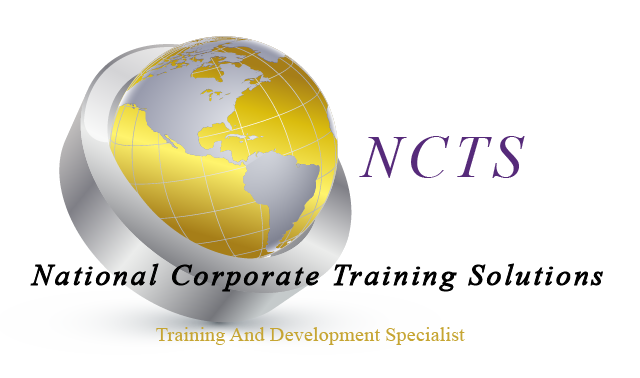Dealing with Organizational Change Outline
Course Description:
Change is something that excites people who love opportunities for growth, to see and learn about new things, or who like to shift the status quo. Some changes, however, are harder to adjust to and lead to expressions of resistance and anger. We can take concrete steps to make change more palatable by understanding people’s hesitation, enlisting the help of others, setting up plans, and managing stressors. These steps can also ensure that desired changes are implemented successfully. In this one-day workshop, you will learn how to manage and cope with change and how to help those around you too. This workshop will vastly improve the likelihood of a successful change implementation by understanding the important role motivation, transparency and feedback opportunities play.
The instructor will work with your organization to understand corporate policy related to sexual harassment and internal reporting protocols.
Course Duration: 1 Day (8 Hours)
Course Objectives:
· Understand the reactions to change and how to manage them
· See change as an essential element to continuous improvement and how to influence others to see it this way as well
· Understand how to change negative attitudes toward change and what causes them
· Recognizing the stages of change acceptance and how to navigate through them
· Identify strategies for helping change be accepted and implemented in the workplace
Course Outline:
1. Introduction
a. Examples of change projects
b. Role of the organization/management in change
c. Role of the individual employee in change
d. What drives individual behavior
2. Understanding and adopting the Organizational Change Management Framework
a. Role of leadership
b. Role of program management
c. Role of training and enablement
d. Reaction of impacted employees
3. Appreciative Inquiry
a. What it is
b. How it is used in managing change
4. Employee Engagement and Buy In
a. The importance of transparency
b. Employees and their need for a voice
c. Leverage employee leaders’ influence
5. Tools for successful implementation
a. Processes/Protocol improvement
b. Key concepts and theories
c. Distinguish among process, content and attitudinal issues
NCTS courses are customizable by content, length of course and format delivery.

